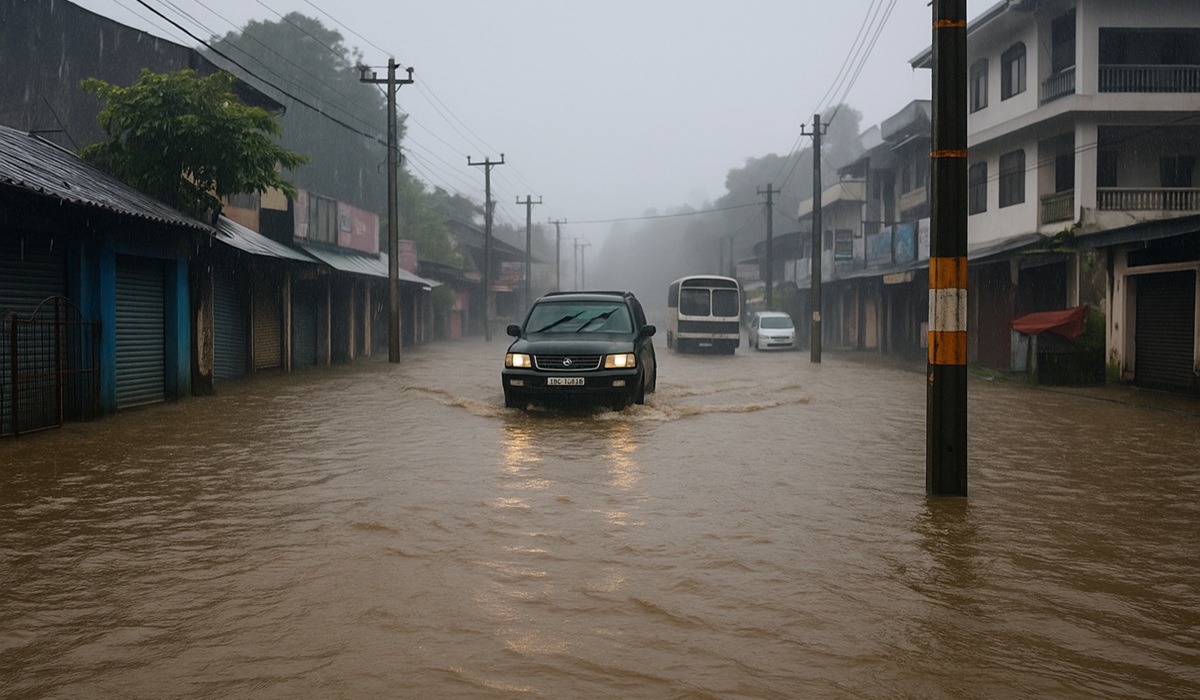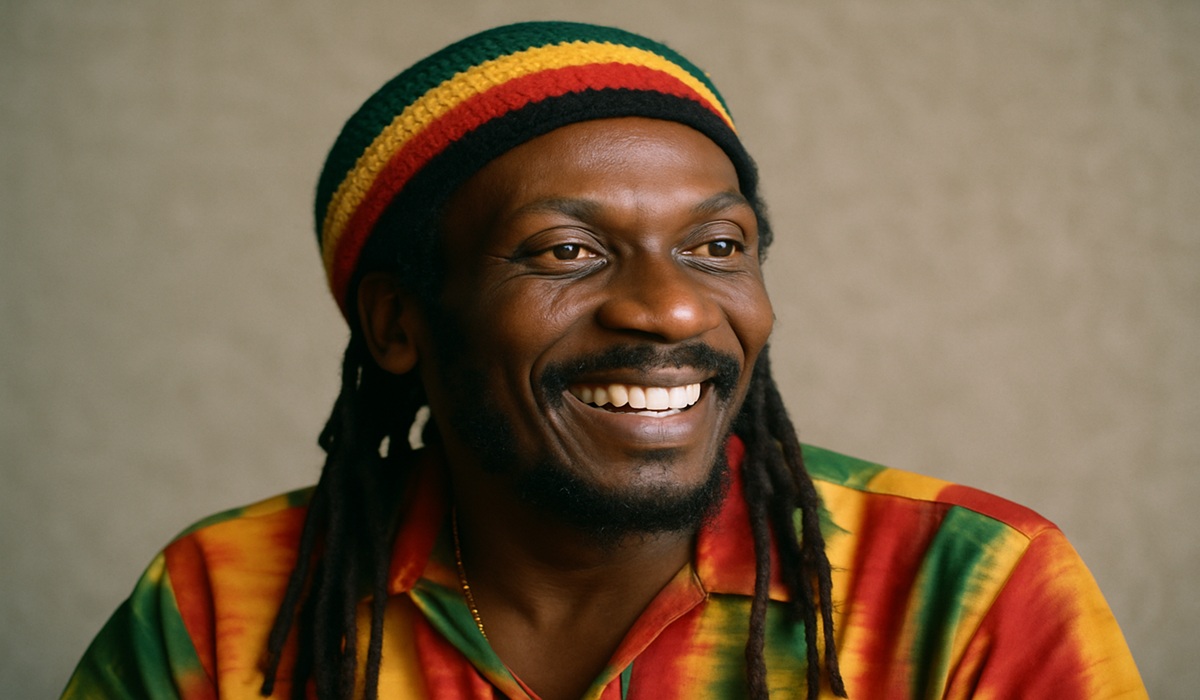Putin Survives Yet Another Alleged Assassination Attempt as NATO Tensions Explode
- Ingrid Jones
- Breaking News
- May 28, 2025

Image Credit, svklimkin
In yet another dramatic twist in the Russia-Ukraine conflict, Russian President Vladimir Putin is reported to have narrowly avoided an assassination attempt during an unannounced visit to the Kursk region. According to a Russian military commander, a drone allegedly targeted Putin’s helicopter convoy but was intercepted by air defense systems before it could reach its intended target. While no injuries were reported and the Kremlin has remained vague on the details, the implication is clear: even the Russian president is no longer beyond the reach of battlefield threats.
This marks at least the third known attempt on Putin’s life since the full-scale invasion of Ukraine began in 2022. A previous explosive drone strike on the Kremlin in 2023 was publicly labeled a Ukrainian assassination attempt by Moscow, though Kyiv denied involvement. Another alleged plot involved a kamikaze drone intended to strike during Russia’s Navy Day parade in St. Petersburg—reportedly foiled with U.S. intelligence cooperation. Yet, none of these claims have been independently verified, leaving a fog of suspicion, political theater, and potential propaganda surrounding each incident.
What’s different this time is the growing sense that the war is no longer limited to Eastern Ukraine. This latest event comes as NATO’s support to Ukraine ratchets up in both volume and reach. The new Chancellor of Germany, in a stunning reversal of prior arms limitations, confirmed that NATO allies will now provide Ukraine with long-range missiles capable of striking targets deep within Russian territory. It’s a game-changer in strategic military terms, signaling that the West is willing to cross lines it once considered too provocative. According to the German Chancellor, “The restraints are off. Ukraine will be equipped to defend itself as it sees fit, including striking military targets inside the Russian Federation.”
But such decisions are not without consequence. This escalation risks pulling NATO further into a proxy war that increasingly resembles a direct confrontation. The Kremlin has already warned that arming Ukraine with weapons capable of reaching Moscow will irreparably damage peace talks. Putin’s allies have gone further, declaring that any strike on Russian soil will be seen as a Western provocation tantamount to war.
Meanwhile, President Donald Trump has issued sharp yet ambiguous words of his own. Speaking at a recent rally, he addressed the Kremlin directly: “I told Putin before, and I’ll say it again—don’t test us. Don’t push the world further into chaos.” Yet despite the strong rhetoric, Trump’s remarks lacked any clear position. One moment he warns of strength, the next he calls for diplomacy. His messaging continues to flip-flop between bravado and negotiation, offering little clarity on what an American-led peace process—or retaliation—would actually look like under his continued leadership.
It’s a combustible mix of personalities, politics, and high-grade weaponry. What’s becoming increasingly clear is that the guardrails of this conflict are being torn away one by one. Each drone strike, each new weapon shipment, each veiled threat from Moscow or Mar-a-Lago pulls the world deeper into uncertainty.
And if peace talks are truly at risk of collapsing, then what comes next may not be shaped by diplomats at a table, but by missiles in the sky.








